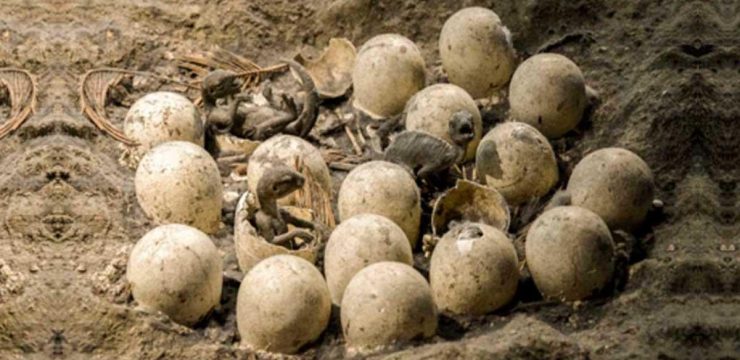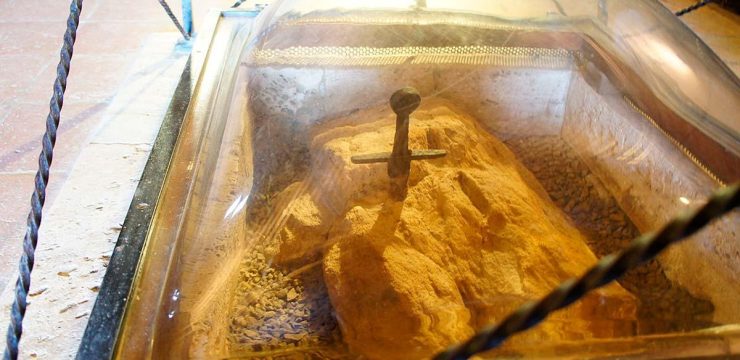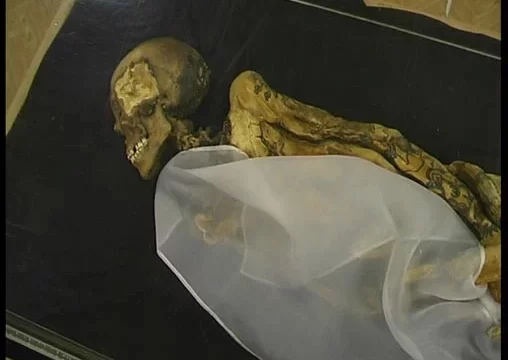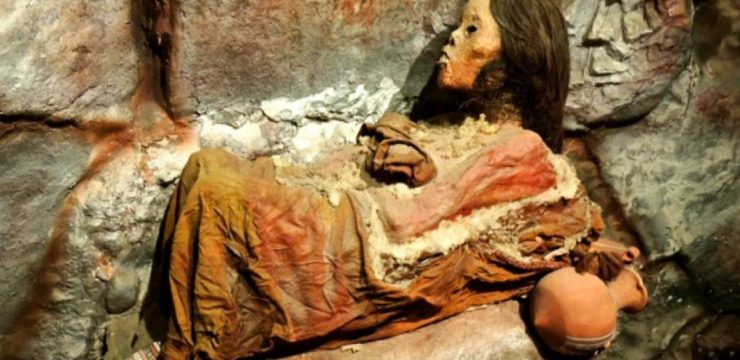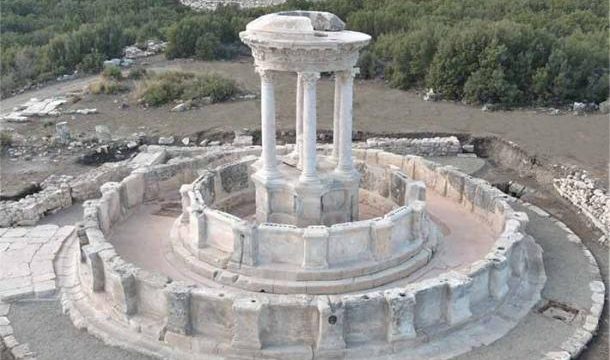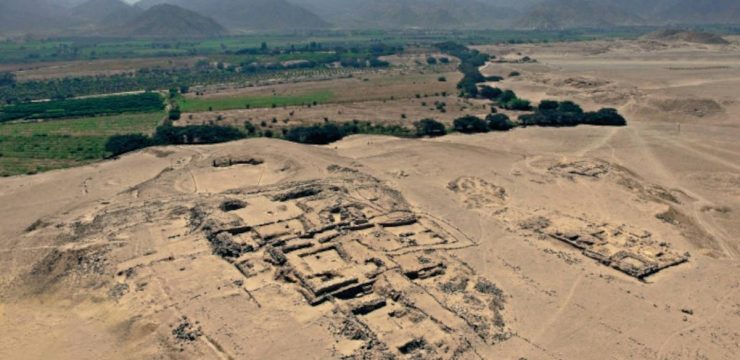Tucked away on the western bank of the Nile River in Luxor, Egypt, the Valley of the Kings stands as one of the most breathtaking and historically rich sites in human history. This legendary burial ground of the pharaohs is more than just a collection of ancient tombs—it’s a monumental tribute to the grandeur and complexity of an ancient civilization that continues to inspire awe and curiosity among historians, archaeologists, and travelers alike. Known for its elaborate burial sites carved deep into the desert cliffs, this ancient necropolis holds the remains of some of Egypt’s most powerful rulers and offers a direct window into the beliefs, art, and political history of the New Kingdom period.
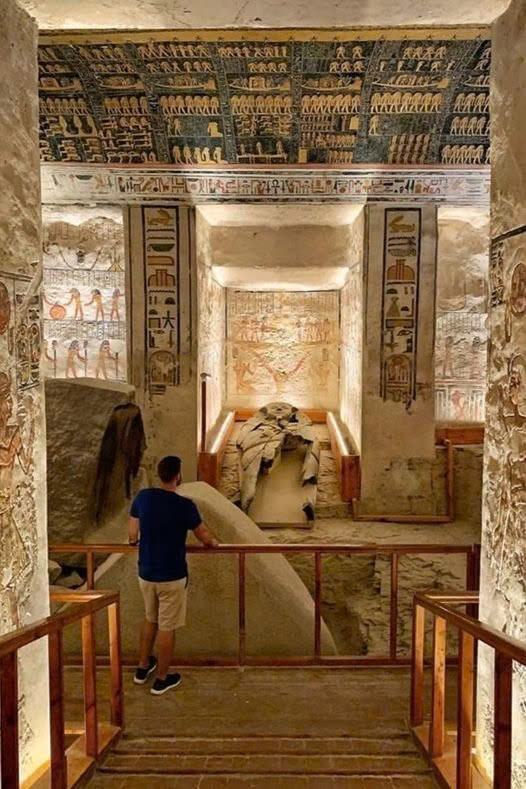
The Valley of the Kings emerged as a royal burial ground during the 16th century BCE, specifically during the reign of Pharaoh Thutmose I of the 18th Dynasty. Dissatisfied with the traditional pyramid structures, which had become easy targets for looters, Egyptian royalty began choosing this more remote and defensible area to entomb their dead. The valley’s natural geography, with its steep cliffs and hidden crevices, made it an ideal location for secretive and secure interment. Over the course of more than five centuries, over 60 tombs were carved into the limestone hills, each meticulously designed to honor and protect the spirit of the pharaoh for eternity.
Among the many remarkable tombs, none has captured global attention quite like that of Tutankhamun, discovered in 1922 by British archaeologist Howard Carter. This momentous find, nearly intact after over 3,000 years, astounded the world with its dazzling collection of gold artifacts, ceremonial items, chariots, and the now-iconic golden death mask. Tutankhamun himself had been a relatively minor pharaoh in life, but the riches of his burial brought a new level of fame and fascination to the Valley of the Kings, revolutionizing modern understanding of ancient Egyptian culture. The discovery confirmed the Egyptians’ commitment to ensuring their rulers were well-equipped for the afterlife and highlighted the immense wealth and artistic sophistication of the period.
But the allure of the Valley extends well beyond one tomb. The entire site is a masterpiece of design and spiritual symbolism. Each tomb was uniquely decorated, with elaborate wall paintings and hieroglyphics portraying the deceased’s journey through the underworld. These visual narratives guided the pharaoh’s soul through the trials of the Duat, or the Egyptian afterlife, ultimately helping it achieve immortality. Tomb KV17, belonging to Seti I, is particularly notable for its exquisite reliefs and vibrant colors, which remain remarkably well-preserved even today. The tomb of Queen Hatshepsut, one of Egypt’s few female pharaohs, stands out not only for its artistic elegance but also for what it represents in terms of gender and power in ancient Egypt.
What makes these tombs truly fascinating is that they are not just burial chambers; they are spiritual sanctuaries meticulously constructed to ensure the continuation of life beyond death. The Egyptians believed deeply in the concept of an afterlife, and this belief drove them to develop intricate religious practices, many of which are reflected in the funerary texts and artwork that adorn the tomb walls. Texts such as the Book of the Dead, the Book of Gates, and the Book of Caverns were inscribed or painted along passageways to act as magical spells and divine instructions for the deceased. The presence of these texts reveals a profound commitment to spiritual preparation and sheds light on their perception of the universe.
The construction of these tombs also reveals the ancient Egyptians’ advanced understanding of architecture and engineering. They utilized ramps, chisels, copper tools, and later, iron implements to carve deep into the limestone cliffs. Many tombs included deceptive passageways and hidden chambers, all designed to outsmart tomb robbers and protect the pharaoh’s treasure and remains. Despite these precautions, nearly all the tombs were looted in antiquity, with the exception of a few, most notably that of Tutankhamun. Nonetheless, the remaining wall art and architectural designs still provide ample insight into the ingenuity and spiritual convictions of their creators.
In modern times, the Valley of the Kings continues to yield its secrets, thanks to the advent of cutting-edge archaeological tools and technology. Ground-penetrating radar, 3D scanning, and thermal imaging are now employed to detect hidden chambers, previously undiscovered tombs, and subtle architectural details buried beneath layers of stone and sand. These innovations have led to exciting discoveries, such as the detection of possible extensions near Tutankhamun’s tomb, which some experts believe might belong to Queen Nefertiti. As exploration continues, the Valley of the Kings remains an active site of scientific inquiry and international collaboration, with scholars from around the world working to unravel the mysteries that still lie beneath its surface.
In addition to its archaeological value, the Valley of the Kings plays a crucial role in the cultural and historical identity of modern Egypt. Recognized as a UNESCO World Heritage Site, it attracts millions of visitors each year who come to experience the majesty and depth of Egypt’s ancient past. Preservation efforts are now more critical than ever, as increased tourism and environmental changes threaten the fragile paintings and structures within the tombs. Conservationists are employing new methods to stabilize humidity levels and reduce human impact, ensuring that future generations will continue to learn from and be inspired by this incredible heritage site.
Ultimately, the Valley of the Kings is much more than a burial ground—it is a living chronicle of human ambition, religious devotion, and artistic achievement. It serves as a powerful reminder of what humanity can accomplish when driven by purpose and faith in something greater than oneself. As we walk through its silent corridors and gaze upon the ancient walls, we are not merely witnessing the remains of a long-dead civilization—we are connecting with a people whose legacy still echoes across the sands of time. The valley, with all its hidden stories and timeless beauty, stands as one of the greatest testaments to the resilience and grandeur of ancient Egypt.
